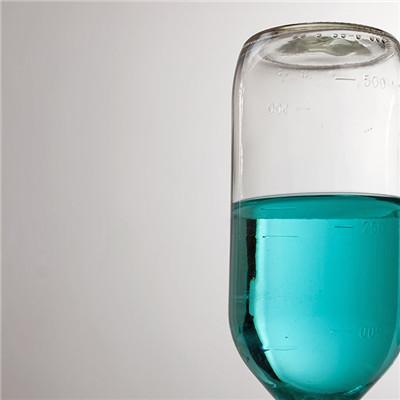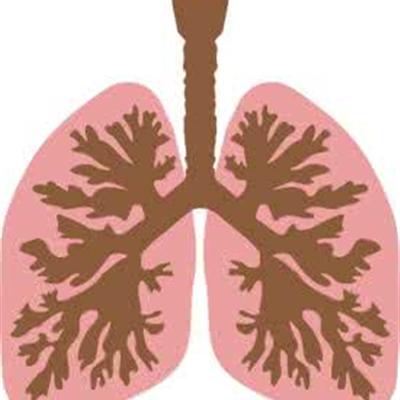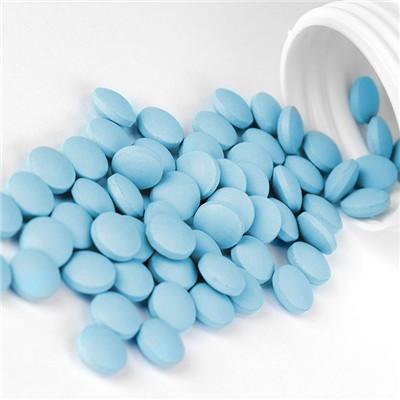Dietary guidelines for hyperlipidemia
summary
Hyperlipidemia can be divided into primary and secondary. Primary is related to congenital and genetic, secondary is related to metabolic disorders, such as diabetes, hypertension, obesity, liver and kidney diseases or other factors, such as gender, age, diet, mood and so on. Hyperlipidemia can be checked through a variety of methods, but the treatment of hyperlipidemia should control diet, strengthen exercise, control weight and so on. After understanding the causes and methods of hyperlipidemia, we should pay attention to diet control in daily life.
Dietary guidelines for hyperlipidemia
One is to eat more potassium food. Potassium in the body can alleviate the harmful effect of sodium, promote the discharge of sodium, can reduce blood pressure. Foods containing potassium include beans, tomatoes, dairy products, kelp, fresh mushrooms and various green leafy vegetables. Fruits include oranges, apples, bananas, pears, pineapples, kiwifruit, walnuts, hawthorn, watermelon, etc.
Second, you can eat more fish; eat more fresh fruits and vegetables, such as apples; eat more garlic, onions; eat more vegetables;
Third, the daily diet should be supplemented with oatmeal, buckwheat and other coarse grains, as well as kelp, konjac and fresh vegetables rich in dietary fiber.
matters needing attention
Eat less animal fat. Animal fat cholesterol content is high, can accelerate arteriosclerosis. Such as liver, brain, heart should eat less. Eat less sweets. Sweets are high in sugar and can be converted into fat in the body, which can easily promote obesity and arteriosclerosis.

















